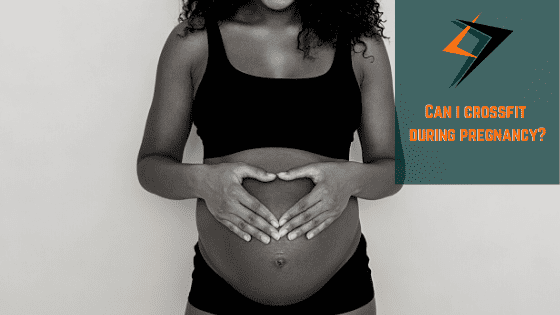
Pregnancy with CrossFit: CAN versus SHOULD
While working with CrossFit athletes, we often get asked, “Can I Crossfit during pregnancy?” Short of complications during pregnancy, we strongly believe that individuals should remain active throughout their pregnancy. However, we must also be aware of the modifications that should be made to CrossFit during pregnancy for safety and long-term athletic development.
If you hop on social media, you’ll see incredible videos of pregnant women performing highly skilled movements, such as muscle ups or handstand walks. But the key question is not “CAN I DO IT?” rather it is “SHOULD I DO IT?”!
Asking yourself the right question of “should I?” rather than “can I?” sets you on the right path to an efficient, safe postpartum recovery.
In short, research has a long way to go with studying healthy pregnant women who CrossFit. But we do KNOW this: For uncomplicated* pregnancies, exercise is encouraged for people who have always worked out AND for people who have never worked out. It’s good for you.
*Uncomplicated = No unexplained bleeding. No ruptured cervix. No triplets or quadruplets +. No pre-eclampsia. No placenta previa (after 28 weeks). No uncontrolled gestational diabetes or hypertension or thyroid issues. No recurrent pregnancy loss. No history of spontaneous preterm births. No malnutrition. No eating disorder or any other complication.
Since we’re lacking in clear black & white answers for which exercises we absolutely CAN and CANNOT do, we will use our best judgement. We use our understanding of the human body to weigh the risks and rewards of exercise. Follow along & we’ll go through what these are and WHY so that you can make the best decision for you.
What Should I Lookout For?
First & foremost, there are a few things to watch out for, as these indicate your body is not ready for the exercise or intensity of the exercise you are performing:
- Pain
- Heaviness or dragging in or beneath vagina
- Leaking urine or stool
- Coning / doming (oftentimes words used interchangeably, see image below)
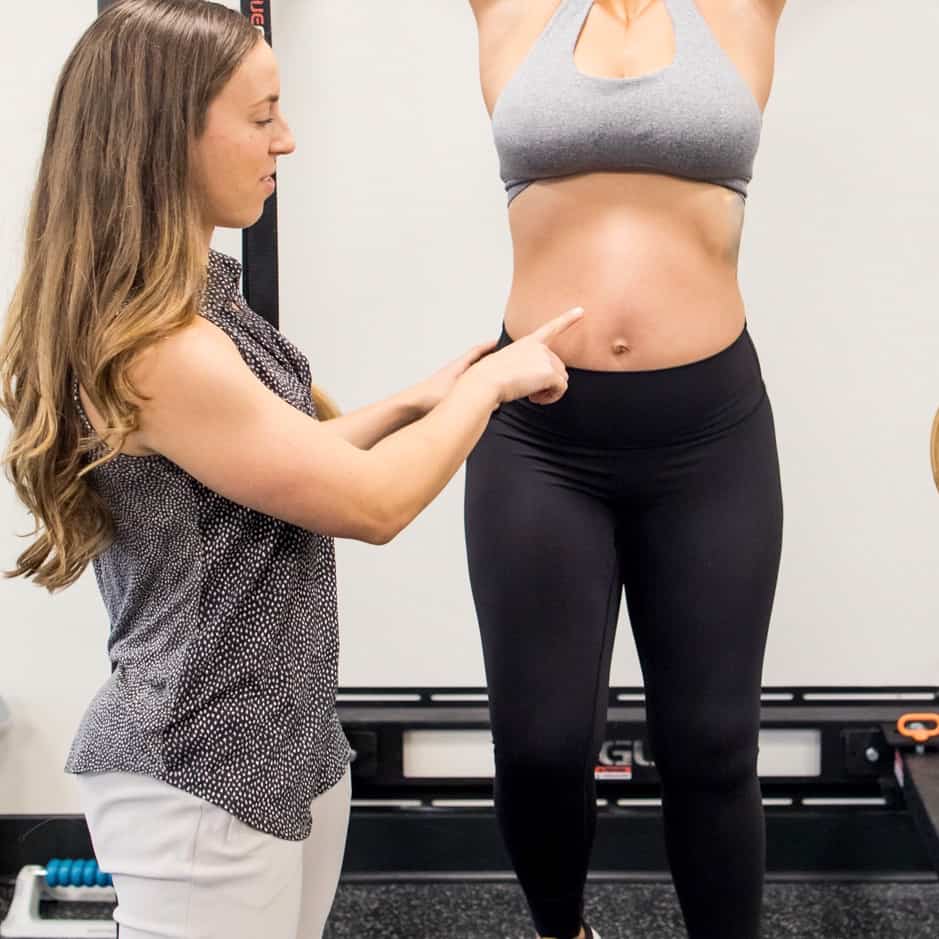
Pregnancy itself places quite a bit of constant pressure on your pelvic floor. (Pelvic floor = group of muscles that sit at the base of your pelvis and help provide support for your pelvic organs & squeeze to help with bowel and bladder control) Pregnancy also places pressure on your abdomen. (Hello, baby bump!)
Heaviness, leaking, and doming each occur when the pressure within your abdomen has built up too high for your muscles to handle, either from fatigue or lack of coordination.
Training through these symptoms means you’re overdoing it for a large number of muscles. If you’re ignoring those signs every day throughout your pregnancy, it will make your postpartum return to fitness more challenging.
Why? When those abdominal or pelvic floor muscles get so fatigued they can no longer do their jobs efficiently, then you’re no longer able to train them. If you’re not training the muscles, then they’re getting de-conditioned. If they’re de-conditioned, then just like any muscle, it will take longer and be harder to return to their prior state of fitness.
So what could I do instead during pregnancy?
- You can modify the repetitions. Instead of doing 15 push presses, you can do 8 because you’ve noticed you always leak around rep 12.
- You can modify the intensity. Instead of doing 5 RFT (rounds for time), you may do the same exercises but 3 rounds so you can focus on quality of movement through breathing & controlling your muscles.
- You can modify the exercise. Instead of hanging from the bar & pulling your body up, for example, you can sit and pull a resisted PVC pipe or dowel rod down to work {but not overwork} your arms & core.
When you modify appropriately, you are setting yourself up for success in the postpartum period. You are balancing the line between “worked” & “overworked” for the abdominal and pelvic floor muscles. You are mindfully paying attention to those 2 groups of muscles that have the toughest recovery postpartum (compared to other muscle groups in your body).
And because you are more mindful of them now, you’ll know your body well during postpartum and be able to be more mindful then. When we are able to read our own body’s messages, we are able to treat our bodies with respect, patience, and kindness. And that is what leads to healing. And healing is what gets us back to fitness.
First Trimester Considerations
During the first trimester there are very few generalized contraindications for exercises in your CrossFit classes. You may experience increased fatigue or nausea during this time period, which is the main limiting factor for workouts for many women.
Want to learn more about all the initial pregnancy changes to your body? Read First Trimester: The Fitness Athlete’s Pregnancy Guide
Second Trimester Considerations
To Use the Barbell… Or not?
As you move through the second trimester, modifications become more important. Because of your growing baby bump, at some point you’ll begin to adjust your bar path so you don’t hit your belly with the bar. When you or your coach notices this change, you’ll want to consider backing off the barbell for that particular movement.
Why? You’ve worked hard to get the technique right for your barbell lifts. It took hundreds of repetitions to solidify technique for cleans and snatches, pre-pregnancy. If you spend months performing incorrectly (due to the bump), you’ll be creating a whole new motor pattern for these movements, one where your bar bath travels far in front of your body around your belly.
And what happens once the baby is born & you no longer have the bump? For many women, the same incorrect bar path occurs. Not only has it been several months now that you’ve done it correctly, but also you’ve been doing a totally new pattern for those months. So now you’ll have to un-learn the incorrect pattern and re-learn the correct pattern.
So what could you do instead? You can swap out barbell movements for dumbbell or kettlebell variations and get the same stimulus without changing the barbell motor pattern! And now you have options with single or double arm variations.
This option ensures that during your postpartum period, you won’t have to un-learn any habits or patterns made during pregnancy that no longer work for a non-pregnant body. And you also won’t have to re-learn the correct pattern.
You’ll be able to pick it back up (with less weight, of course, and gradually progressing your volume still). And you’ll be able to return to those quality cleans and snatches you worked so hard to get in the first place.
To Hang from the Bar… or not?
During advanced core CrossFit movements like pullups, toes-to-bar, L-sits, muscle-ups, rope climbs, and hollow holds, we place a LOT of increased tension on the abdominal muscles. For a non-pregnant athlete, the tension is controllable and good. For a pregnant athlete, however, remember that pregnancy alone increases abdominal tension. And once the tension and pressures get to a point where they are no longer controlled (i.e. when you experience doming/ coning/ leaking/ heaviness/ dragging), then they are no longer good for you. In fact, they may even lead to extra tissue stretch, which delays postpartum healing.
So what could you do instead? Plank variations (as long as you’re able to maintain control!), ring or banded rows, and lat pulldowns are great exercises which respect the abdominal tissues while challenging your extremities. Want more ideas & videos? Read Dr. Alexis’s earlier blogpost “Pull-Ups Modified for Pregnant & Postpartum Athletes.”
To Valsalva… or not?
The valsalva maneuver is when you hold your breath during heavy lifting. We athletes do this to increase pressure and control around our midline and spine to be able to lift more. As I’m sure you’ve caught by now, pregnancy alone increases pressure on the abdomen and pelvic floor, constantly. The valsalva then, adds undue pressure in those areas, which again may slow your postpartum recovery.
Additionally, when you valsalva (hold your breath) with heavy lifts, you have a sharp increase in blood pressure. Pregnant women are at risk of issues with high blood pressure and are therefore closely monitored. These issues can lead into something called “pre-eclampsia.” Because of the risks of high blood pressure and because valsalva does momentarily increase blood pressure, we promote a different technique:
“Blow as you go” technique:
A) Inhale during the descent of a lift and B) Exhale as you rise. This allows for the normal ebb & flow of the abdominal and pelvic floor muscles, limiting the extra pressure while maximizing your strength benefits.
Anything else?
Speaking of added pressure, activities like running, box jumps, burpee jumps, double unders all significantly increase the downward pressure into your already-taxed pelvic floor. Consider slowly lowering the intensity of these activities to lessen the risks of incontinence postpartum.
Lastly, it is vital for your & your baby’s wellbeing to avoid falling or trauma. So activities which may result in a fall or traumatic injury should be avoided. This includes: handstands, rope climbs, muscle ups, & ultimately any activity in which you question its safety.
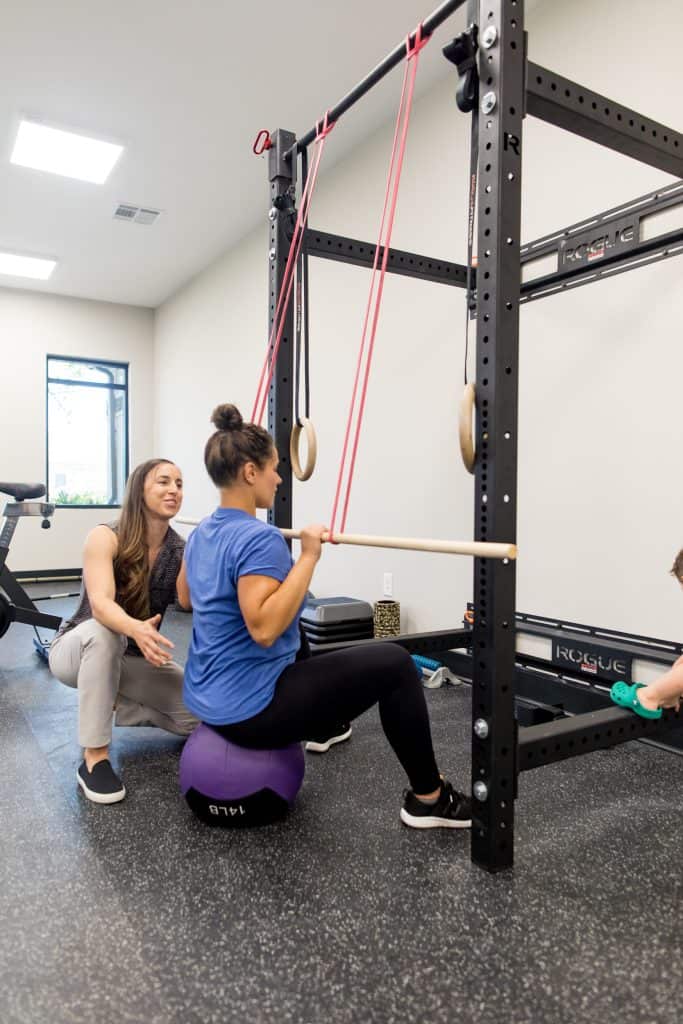
Third Trimester Considerations
While most exercise modifications happen in the second trimester, the largest changes in the 3rd and final trimester. Changes are in both the (A) weights you lift and (B) range of motion you lift through.
For example, with deadlifting and as your baby bump grows, it becomes increasingly difficult to perform this movement with a narrow stance. Because of this, you can adopt a sumo stance – positioning the feet wider to move the legs out of the way of the belly. (See below image.) The squat is another example: you may have difficulty getting to or out of a full-depth squat and may choose to squat to a box or med ball.
More Questions on Pregnancy & Exercise?
Staying active is important for both physical and mental health. If you have questions about how you can best stay active during your pregnancy or postpartum, schedule an appointment with one of our postpartum specialists at Onward!
Recent Articles
Achilles Tendonitis: Diagnosis & Treatment
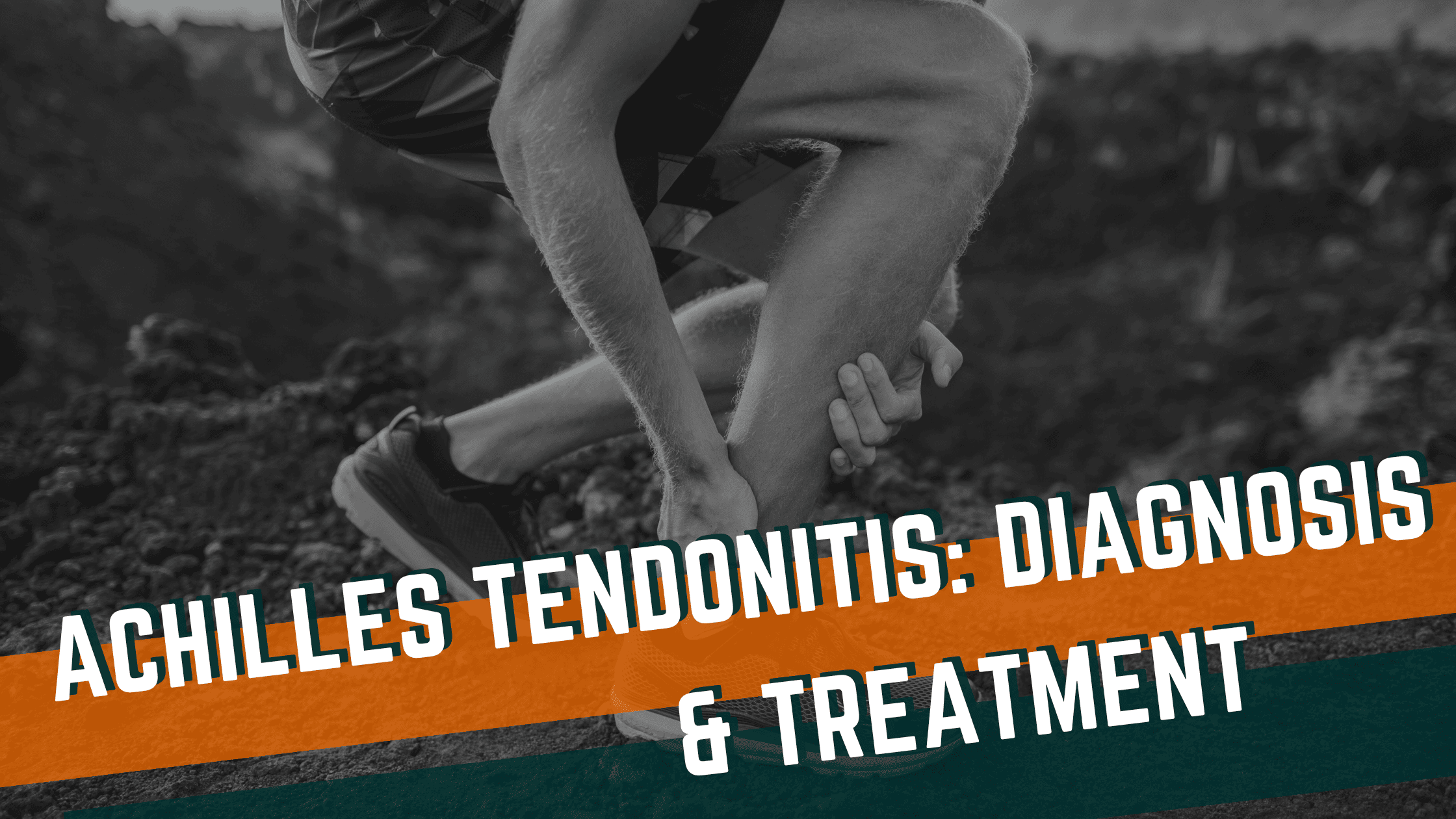
Hip Pain in Runners
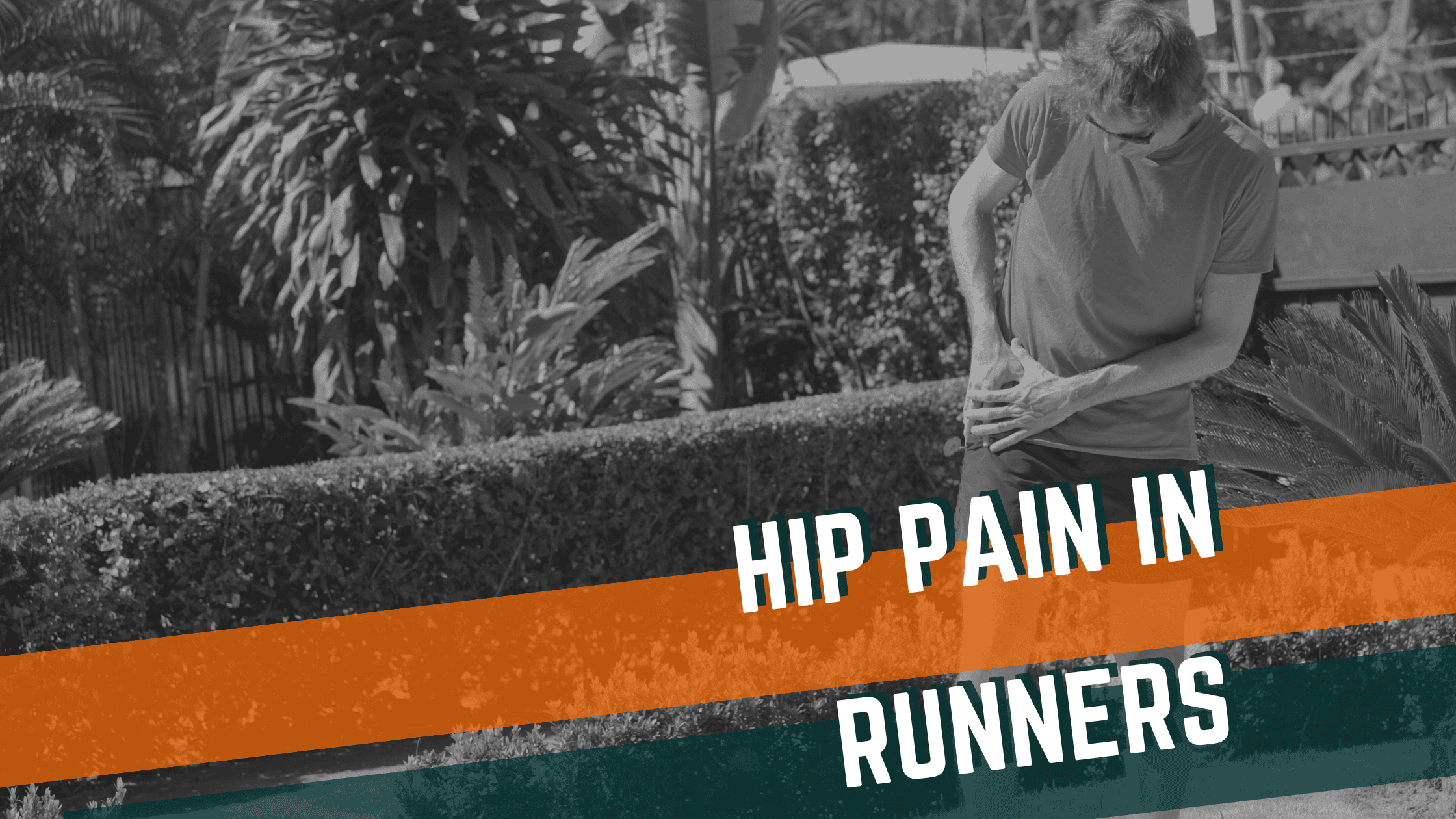
A Guide to Conditions Treated with Dry Needling
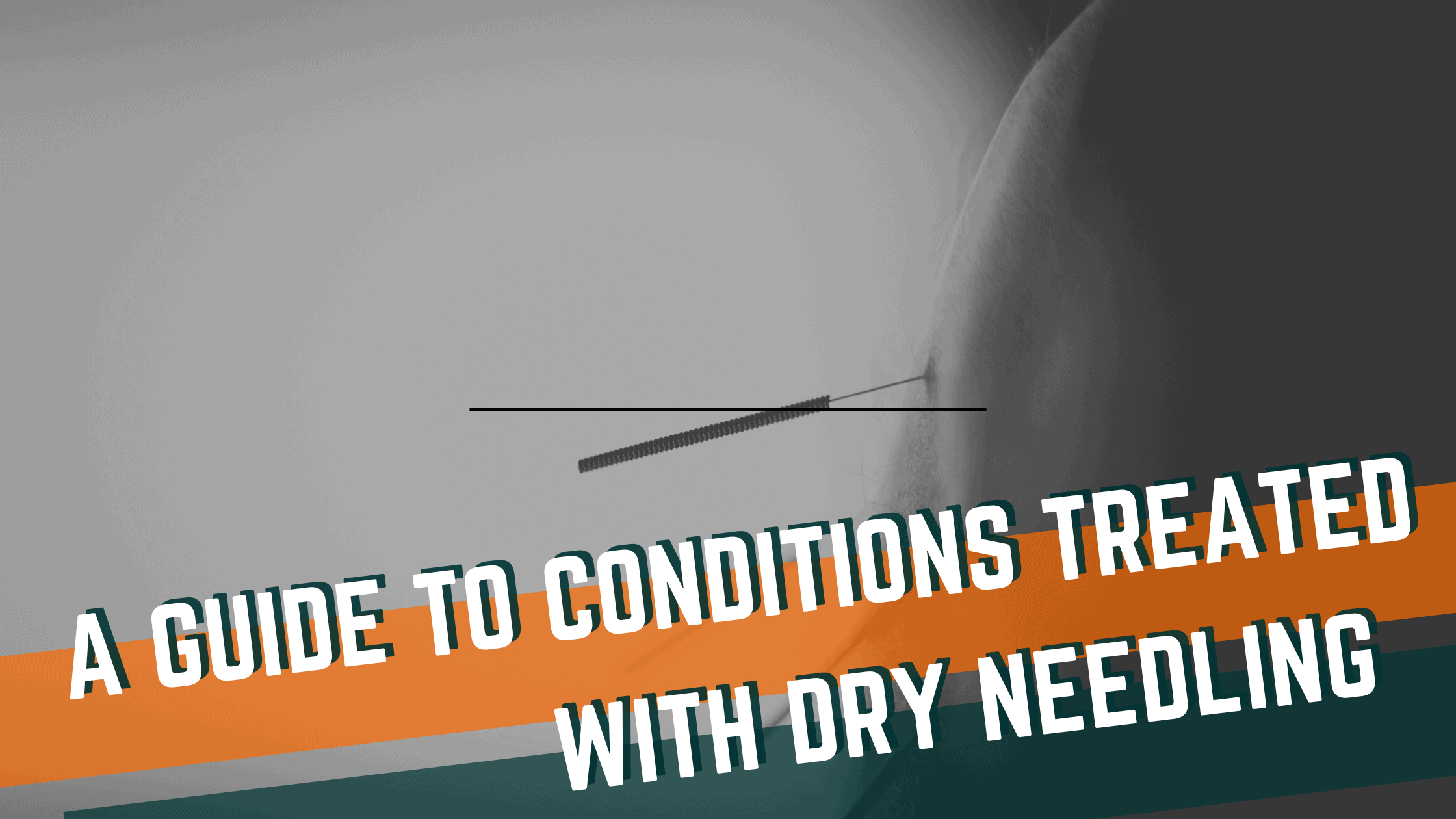
Reconnect to the CORE Postpartum: Pelvic Floor Exercises for Postpartum Healing
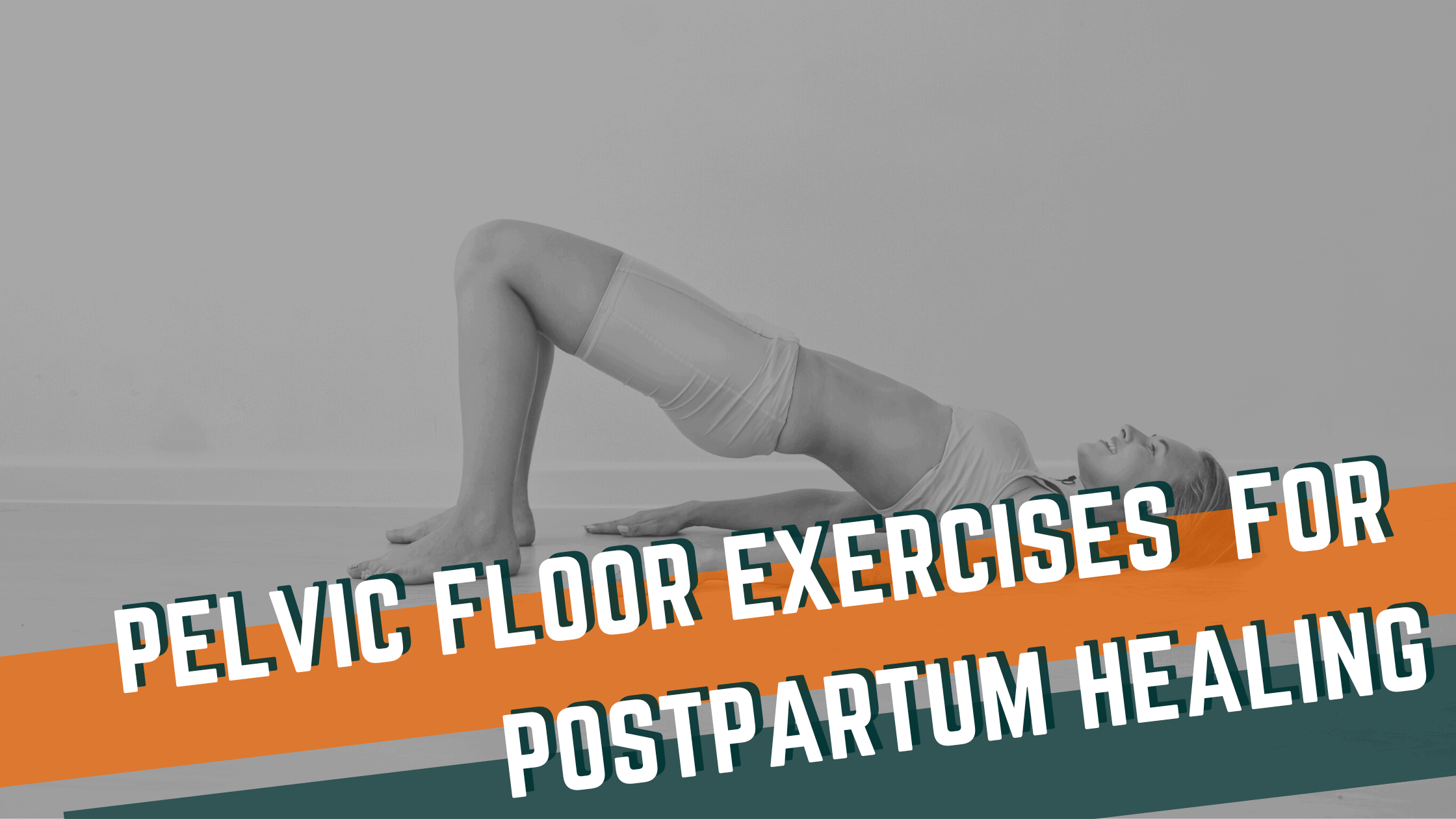
Preventing Back Pain in CrossFit: Key Considerations for Training Safely

